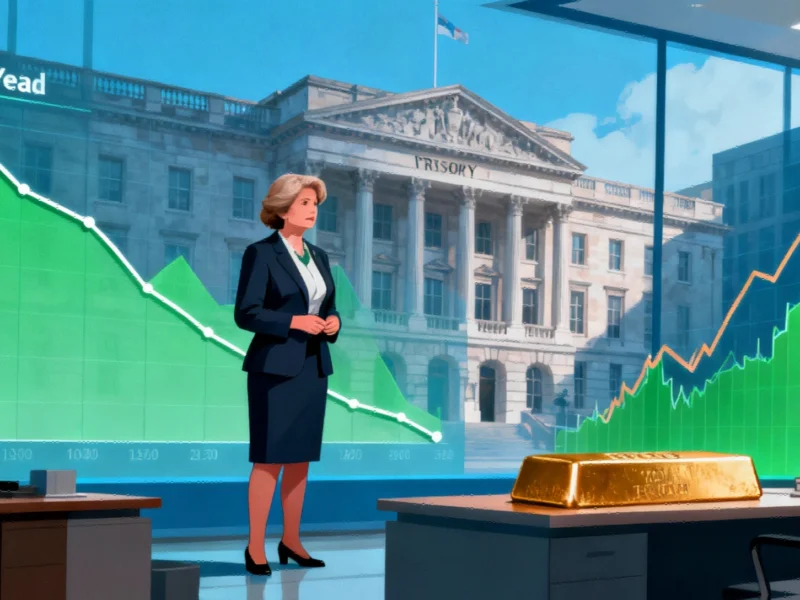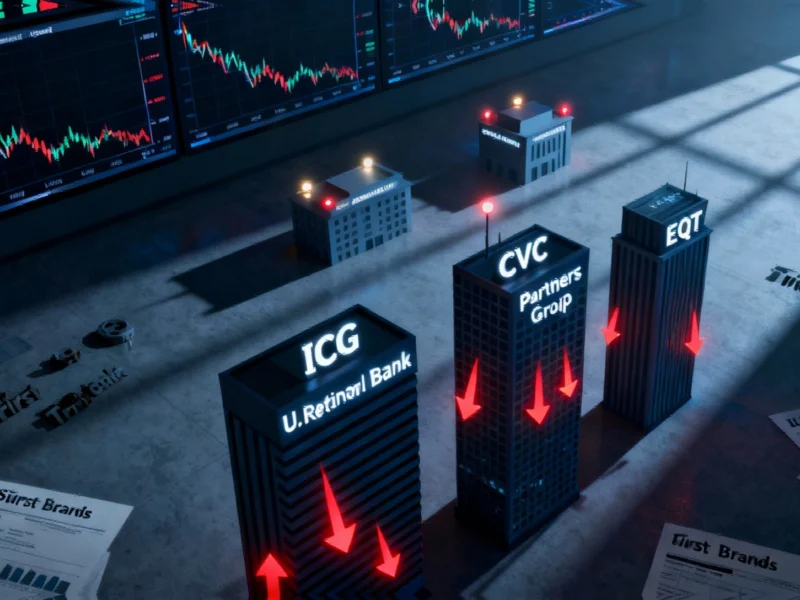Market Tremors from Banking Sector Loan Woes
Stock investors experienced a sharp reality check this week as reports of deteriorating loan quality on bank balance sheets rattled markets that had been riding a prolonged bullish wave. The shift in sentiment comes as multiple banking institutions disclosed significant charge-offs and potential fraud cases, raising questions about the resilience of the financial sector amid growing economic uncertainty.
Regional Banks Face Significant Setbacks
The disclosures began with Zions Bancorp announcing a $50 million charge-off tied to loans extended to real estate investors targeting distressed commercial mortgages. Simultaneously, Western Alliance Bank revealed it believed it fell victim to fraud involving commercial real estate loans and had subsequently sued the borrowers. These announcements triggered double-digit stock declines for both institutions as investors digested the implications.
Jefferies, the investment bank involved in First Brands’ financing, saw its stock plummet nearly 11% in a single day despite assurances that bankruptcy-related losses would be limited. The investment bank’s shares have declined approximately 38% since January, reflecting growing investor anxiety about credit exposure.
Broader Implications for Financial Markets
JPMorgan CEO Jamie Dimon captured the prevailing sentiment during the bank’s quarterly earnings call, noting that recent bankruptcies should serve as warnings of potential further troubles. “When you see one cockroach, there are probably more,” Dimon remarked, suggesting that the current issues might represent the tip of the iceberg in credit markets.
The KBW Bank index has tumbled 7% from its September peak, with Thursday’s 3.6% decline marking its largest single-day drop since April. This downward pressure on bank stocks occurred despite major institutions like JPMorgan, Citi, and Goldman Sachs reporting strong quarterly profits, indicating that investors are focusing more on potential future risks than current performance.
Technical Infrastructure and Market Stability
As financial institutions navigate these challenges, the underlying technical infrastructure supporting banking operations becomes increasingly critical. Recent industry developments in computational power, including the significant cryptography enhancements in Linux 6.19, could provide banks with improved security frameworks as they manage growing credit risks.
The current market volatility highlights how technological advancements in financial infrastructure remain essential for maintaining stability during periods of stress. As banking systems process increased risk assessments and fraud detection workloads, robust computational capabilities become paramount.
Funding Markets Show Signs of Strain
Analysts observed unusual movements in short-term funding markets, with the Secured Overnight Financing Rate (SOFR) rising to 4.29% on Thursday—exceeding the Federal Reserve’s upper target bound of 4.25% for the first time in over a year. This deviation suggests the financial system is experiencing some congestion as cash becomes scarcer.
“We have a serious credit bubble right now,” noted Justin D’Ercole, founder of ISO-MTS, a hedge fund specializing in bank debt. “You need a perfect economy, with low volatility, very stable interest rates and everything else to go right for this stuff not to become an issue.”
Regulatory Environment and Market Psychology
The current situation unfolds against a backdrop of increasing regulatory scrutiny and year-end balance sheet management by financial institutions. As the NYSE president recently highlighted in discussions about market regulation and IPO activity, maintaining investor confidence during periods of volatility remains a key priority for market operators.
Meanwhile, broader market trends in technology adoption, similar to streaming technology transformations in other industries, demonstrate how digital innovation continues to reshape financial services and investor behavior.
Analyst Perspectives and Forward Outlook
Most analysts downplayed immediate systemic risks while acknowledging increased vulnerability. Bank of America analysts noted in a research report that while recent weakness is “warranted” given bankruptcy concerns, it doesn’t necessarily “signal something bigger” as broad credit market fundamentals remain healthy.
Gennadiy Goldberg, an interest rate strategist at TD Securities, captured the cautious optimism prevailing among many market observers: “Markets are a little more skittish. I’m not dismissing it, but I am just a little dubious that this will be what breaks the camel’s back.”
As the situation develops, investors will closely monitor short-term funding rates, bank earnings guidance, and credit quality indicators for signs of either stabilization or further deterioration in financial conditions.
This article aggregates information from publicly available sources. All trademarks and copyrights belong to their respective owners.



